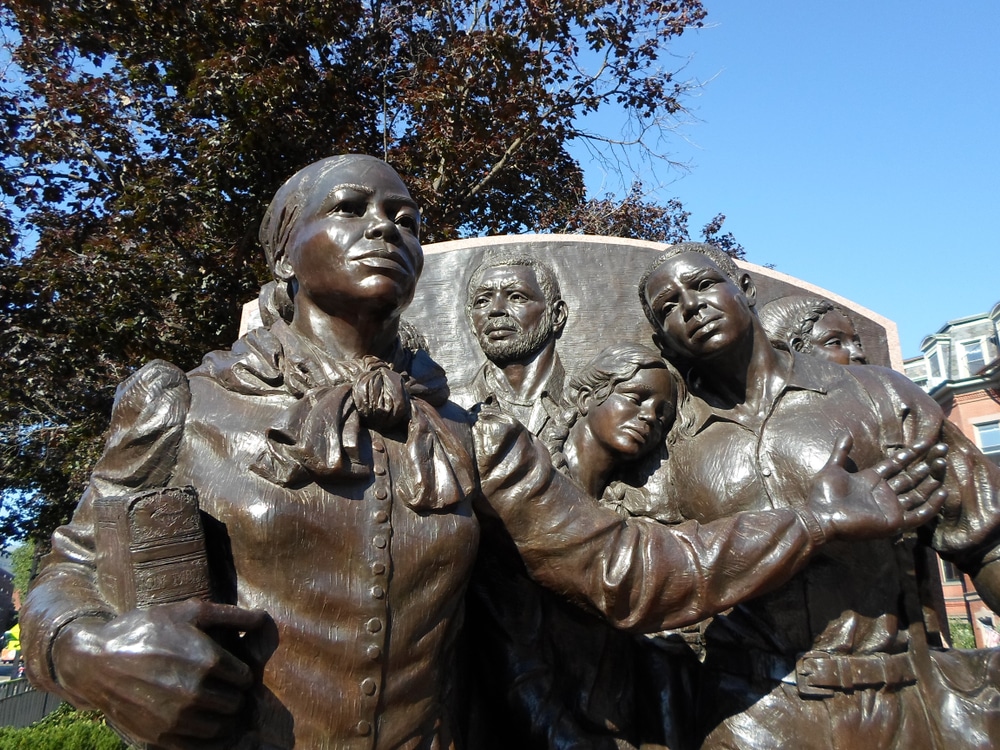Introduction
Sarah Forten Purvis was born in Philadelphia, Pennsylvania, in 1814. Her mother Charlotte Vandine Forten and her father James Forten were both black abolitionists. Sarah had two sisters Harriet and Margaretta Forten who were both as gifted with ambition as Sarah was. The Purvis girls all received a private education they devoted themselves to in their early lives. They later joined the Female Literary Association (a sisterhood of black women founded by Sarah Mapps Douglass.) The three sisters and their mother then created the Philadelphia Female Anti-Slavery Society.
The Purvis family was very involved with activism. Sarah expressed her feelings for feminism and abolitionism as a writer and poet under the pen names “Ada” and “Magawisca.” Her writings were influential to all black women and men seeking expression and camaraderie.
The Grave of the Slave Response
There is one specific poem that caught my eye while researching Sarah Louisa, “The Grave of the Slave.” This poem shows us in sorrow, the conditions and emotional pain that slaves where privy too. Towards the end of the poem the slave dies. The lines “Not a tear, nor a sigh to embalm his cold tomb, no friend, no child to bemoan-” and “Poor slave” show us the cold isolation of enslavement. The slave, after being forced to work in hard conditions, dies alone and without purpose. But, perhaps, it wasn’t all for naught; as the poem ends with “-death to the captive is freedom and rest.” We know that he would rather be dead—that a human being would rather die than live in the conditions to which they were born into.
His death wasn’t in vain; his death was freedom.
No matter your religion, race, or sexuality, the message of the poem is the same. Your conditions, whether caused by systemic errors or the judgment of others, should never be bad enough to where your only peace is death.
Stories about more historically important black women can be found in Lauren Johnston’s article “Women in Civil Rights.”

